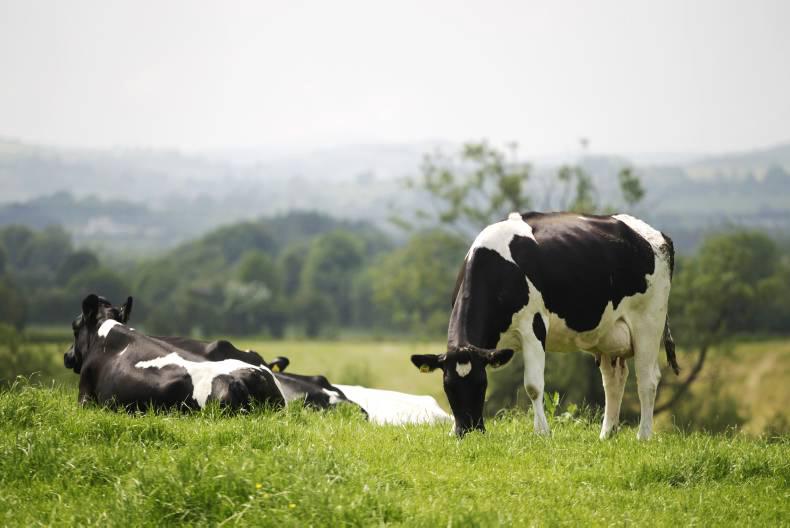Johne’s Disease is a form of chronic enteritis in cattle and sheep, caused by a mycobacterium.
The contagious infection happens in the first few months of an animal’s life, but the animal may stay healthy for a long time and symptoms may not appear for many months or years.
Animal Health Ireland (AHI) has studied a 400-cow dairy herd in Co Meath.
Clinical signs
In the early 2000s, the farm began to see sick animals that were scouring and becoming thin.
However, at the time, vet’s advice pointed to a parasite control problem, despite the clinical signs of Johne’s disease.
In 2005, the farm became involved in a Johne’s disease control programme operated by the Department of Agriculture.
In the first round of testing, they had in excess of 60 animals positive on blood tests – almost 40% of the herd.
Between 2005 and 2012, an average of 20 clinical cases were culled each year, but this number was reduced in the later years. As part of the programme, two blood tests were taken per year, with random faecal sampling every two years. The disease was estimated at the time to be costing the farm in the region of €20,000 to €30,000 each year.
AHI reports that the efforts to tackle the outbreak of the disease have continued, while the herd has grown from 180 to 400.
The farmers joined the AHI Johne’s disease voluntary programme from the start in 2014 and have further enhanced their farming practices as a result of the on-farm risk assessment.
All calves within 10 minutes
This year, they concentrated on snatching calves within 10 minutes of birth and monitored all the calvings to ensure this was achieved. They hope snatching the calves at birth will completely remove the infection from their herd.






 This is a subscriber-only article
This is a subscriber-only article











SHARING OPTIONS: